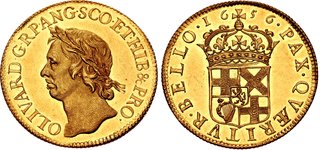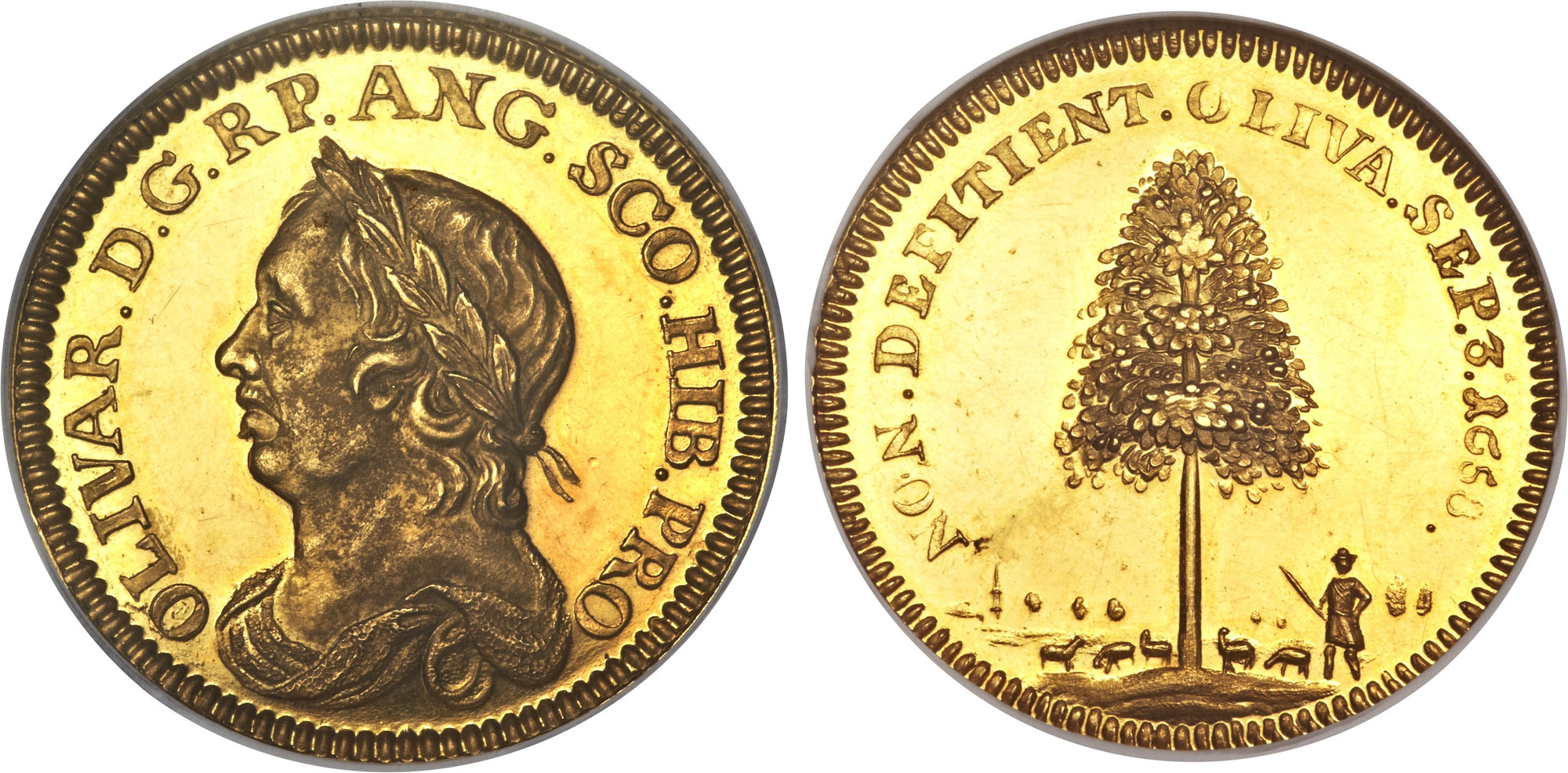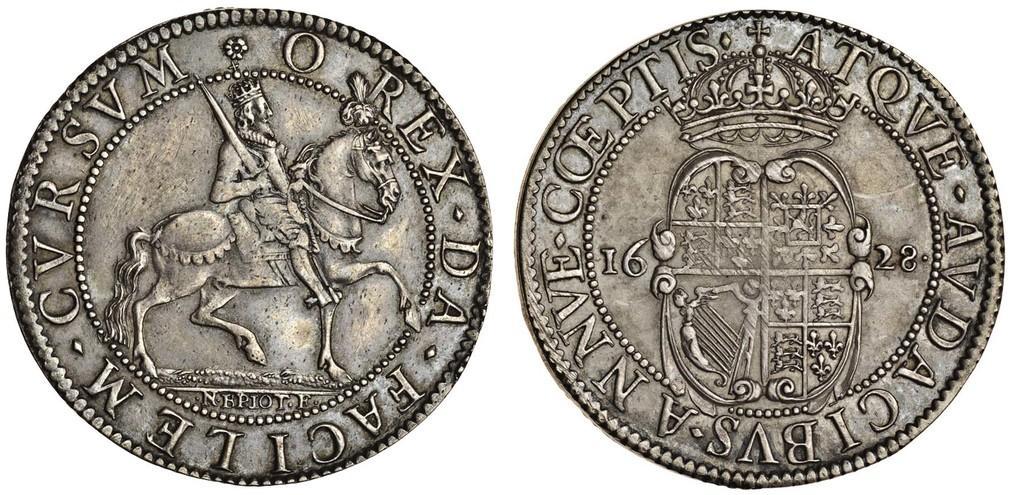Patterns are coins that are not officially released into general circulation. They can be proposed designs for coinage, prototypes for coinage, commemorative pieces for collectors, off metal strikes, or experimental strikes.
Medals are commemorative pieces: for monarchs, for heroes, for important events, for collectors. "Medallic Strikes" are aligned on the obverse and reverse - though so are many coins - most Canadian Coins for example.
Some medals also serve as prototypes for coinage such as the medal used to commemorate the opening of the Calcutta mint, the obverse of which became the design for the original British Indian Mohars (below):
Despite the fact that there are only 12 specimens of this prototype ever minted, and far fewer extant, it sells for a tiny fraction of the plentiful general circulation coins coins that are based on it. What's odd is that many of these coins, are "Restrikes" struck only for collectors at later dates in "Proof condition." And many "Retrikes are also off-metal strikes. But as long as they're not called medals, they can command fantastic prices.
What's the difference between a "Restrike" an "Off metal strike" and a "Medallic strike?"
Nothing.
But if it has been termed a Medal rather than a Pattern or a Restrike it is sure to be a bargain.
If the medal above were called a Pattern, it would have to sell at north of a million dollars to accommodate the rarity and importance.

Estimate: 25'000 GBP
This lovely "broad: of Oliver Cromwell is one of 6 currently at auction between Spink, St James, and Baldwins. Weighing 12 grams, with a portrait by T Simon, and in MS condition this is expected to bring about $50,000. The "patterns" of this coin, bring even more, such as the one below that brought $75,000 all in last year.

There are 25 "pattern" broads of Cromwell in Coin Archives.
There are 3 Cromwell Death medals in coin archives. The Death Medal also has a portrait by T Simon, though of somewhat finer execution, a far more interesting allegorical reverse, and is larger: 16 grams as opposed to 12 grams. It is many times rarer.

Despite the superior design, execution, size and despite being far rarer, the Death Medal, sells for about 1/10th of the Pattern broad. Could it be called a Pattern Death Broad? Why not? Let's call it that and value it at $200,000.
Does this sound arbitrary? Yes, exactly my point.
There are many "Patterns" which appear to be prototypes yet for which there are no coins. Sometimes they are refferred to as "Pattern or Medal." such as the piece in the current Spink auction below:

Charles I (1625-49), pattern Halfcrown or medal by Nicholas Briot, 14.88g, 1628, o rex. da. facilem. cvrsvm, diamond stops both sides, king, crowned and in armour, on horseback right, sword over right shoulder, grass ground line below, signed .n. briot. f. in exergue, toothed outer border and beaded inner border both sides, rev. atqve - avdacibvs - annve - coeptis., crowned, oval, garnished shield dividing 16-28 (Brooker SCBI 33, 1258; Bull 497; MI i, 252/32; N.2673
and footnote), a beautifully struck example, some adjustment marks on reverse, extremely fine, very rare.
The truth is, the designations are all somewhat arbitrary for "coinage" that was never meant for general circulation. And ultimately it is left to the whims of cataloguers, archivers, and shrewd salesmen.
The fact is that rare historically important specimens is just that: rare historically important specimens - whether you cal them "patterns", "essais," "restrikes," "off metal strikes" or "medals."

No comments:
Post a Comment